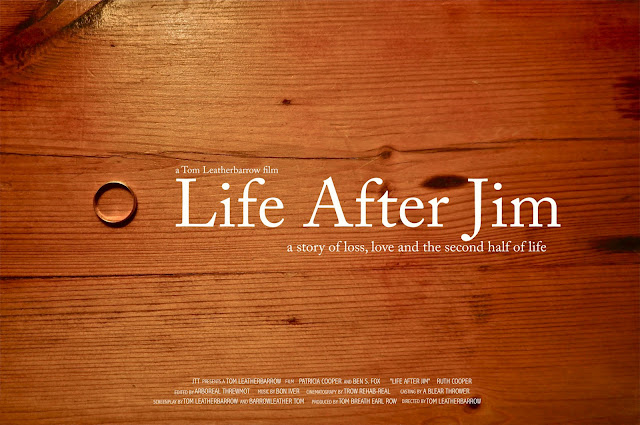 Paul is a writer, this being revealed to the audience early on in the narrative. This gives the audience an immediate picture of the type of man he is likely to be- most likely intelligent and well read, perhaps complex and interesting. He is successful- this is shown through Annie’s deifying of him, and we learn that his success is due to a novel series based on the character ‘Misery Chastain’. However, he is not a particularly arrogant or self-concerned man, which invites the audience to like and sympathise with him. Furthermore, we learn that he has finished a manuscript for a new novel, moving away from the Misery Chastain serial. This would suggest to the audience that he is looking for a change in his life, which adds to his frustration of being trapped and disabled. He is also obviously passionate and cares for his art, shown through the manuscript burning scene.
Paul is a writer, this being revealed to the audience early on in the narrative. This gives the audience an immediate picture of the type of man he is likely to be- most likely intelligent and well read, perhaps complex and interesting. He is successful- this is shown through Annie’s deifying of him, and we learn that his success is due to a novel series based on the character ‘Misery Chastain’. However, he is not a particularly arrogant or self-concerned man, which invites the audience to like and sympathise with him. Furthermore, we learn that he has finished a manuscript for a new novel, moving away from the Misery Chastain serial. This would suggest to the audience that he is looking for a change in his life, which adds to his frustration of being trapped and disabled. He is also obviously passionate and cares for his art, shown through the manuscript burning scene.In appearance, he is middle aged, average build with short brown/grey hair. He is relatively well turned out, wearing clothes to suggest he has some wealth. However he wears a patients robe throughout the majority of his screen time, adding to the sense of humiliation, hopelessness and loss of identity he suffers whilst under Annie’s ‘care’. He is obviously ageing which may account for his desire to change direction in his writing.
In terms of his intrinsic ideas, values, morals and ethics, he is obviously not a bad man, and is presented as the protagonist, whereas Annie seems intrinsically bad, and is the clear antagonist. However, he is pushed to murder, resulting in Annie’s death in the climactic penultimate scene. Furthermore, this is not an accidental death, nor a reaction to an immediate threat- it may have been self-defence- he had been disabled by Annie, falsely imprisoned, and was in fear of torture and death, but he calculated her murder and tried several times to kill her before he managed it. This brings his morals into question.
Annie Wilkes
 Annie is an ex nurse, whose character is revealed to the audience from Paul’s point of view, a device used by Goldman and Reiner to help us empathise with Paul more, create tension and suspense on screen and shape our views of Annie throughout.
Annie is an ex nurse, whose character is revealed to the audience from Paul’s point of view, a device used by Goldman and Reiner to help us empathise with Paul more, create tension and suspense on screen and shape our views of Annie throughout.In terms of appearance, she is overweight, slightly younger than Paul, with signs of neglect of her own appearance. She is temperamental, unpredictable and as we eventually learn; a psychopathic killer. She is not unintelligent, picking up on details, such as the penguin turned the wrong way when Paul leaves his room- however, she is childlike in her naivety and worship of Paul. She obviously has several mental disorders including psychopathy, almost certain depression, perhaps manic, relational disorder, perhaps a slight obsessive compulsive disorder and most probably paranoid personality disorder.
Annie is a loner, living in a remote house in a desolate landscape. She initially seems caring and kind, taking in Paul when he was in danger and giving him a bed, food etc. Some on-screen signals are given however, to suggest that something more sinister is going on. Soon after he is taken in, she learns of Paul killing off Misery- a character she resonates with and clings onto- in his latest book. Here we see the first depiction of her psychopathy and insanity, she forces Paul to burn his latest manuscript and write a new one. Now the audience is aware of her true nature, building suspense and tension- the tension in ‘Misery’ relies on Annie’s temperament- we do not know what she is going to do next. Slowly she is revealed more and more- breaking Paul’s legs to disable him further and stop him from getting better and in the fourth plot point or turn, we learn of her past through a scrap book of newspaper articles which tell Paul (and so the audience) that she was acquitted in court of murder, specifically infanticide. This revelation’s purpose is of course to show Annie’s inner nature as evil and provoke hatred and repulsion towards Annie from the audience. It allows the audience to find pleasure in Annie’s eventual death and previous attempts by Paul.
It is the revelations of her apparent evil that suggests that the audience are not supposed to sympathise or empathise with her. This links back to the question of whether the ‘outside world abandoned her’- it is true she is has severe mental disorders and would profit from a great deal of psychiatric help. However as an audience we are not supposed to feel sorry or wish Annie’s fate was different- Goldman ruled this out by including Annie’s history as a baby-killer.









